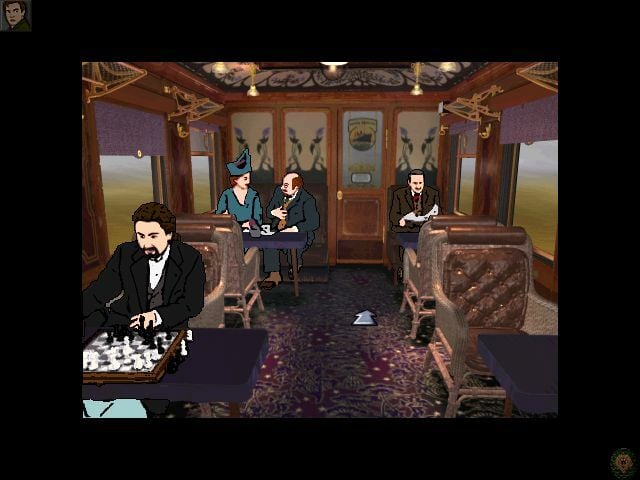Throughout the vast history of video games, two things were clear. One: the call for making things stand out and two: constant development of graphics and technology. By mixing those elements the video game art styles came to life. On the next few weeks, we’re gonna show you the most eye-catching styles known in video games medium. Not necessarily in chronological order.
Rotoscope History
Even though modern graphics can make your ultra-detailed video game characters come to life, without proper movement animation the magic of controlling something more than rag-doll would be quick to end. That’s why in early stages of video games developers came to conclusion to just copy the movement of real people. For that task they borrowed the technique well known in cinematography, called rotoscoping.
In short, rotoscoping means tracing motion picture footage frame by frame. By using equipment called rotoscope, animators re-drawn live-action movie images that were projected onto the glass. Those silhouettes – called matte – were then extracted from the scenes to be used on different backgrounds. The filmmakers that invented rotoscope in 1915 and then patented it in 1917 were Max and Dave Fleischers. The first character rotoscoped to life was Koko the Clown, performed by Dave dressed in a clown costume.
The more common use of rotoscope technique is glowing lightsabers from the original Star Wars trilogy.
Rotoscoping your Prince
Let’s head forward in time to the video game and their art style. Big fan of rotoscope technique was game designer Jordan Mechner. During work on his first game, Karateka (1984), he used rotoscoping to trace various moves of his karate instructor.
He went even further with his well-known game, Prince of Persia (1989). Drawing inspirations from Arabian Nights stories, Riders of the Lost Ark and Robin Hood adventures, he then traced video footage of his younger brother doing all the movements of the titular Prince, i.e. running, jumping, climbing. To animate dueling sequences Mechner rotoscoped final sword fighting scene between Errol Flynn and Basil Rathbone from The Adventures of Robin Hood.
For a few seconds, the camera angle has them in exact profile. This was a godsend. I did my VHS/one-hour-photo rotoscope procedure, spread two-dozen snapshots out on the floor of the office and spent days poring over them trying to figure out what exactly was going on in that duel, how to conceptualize it into a repeatable pattern. – Mechner on using footage from The Adventures of Robin Hood
Last train home
Pinnacle of this technique was The Last Express (1997). The adventure game took inspiration from art nouveau style and used rotoscope to a greater extent. Within 22 days, every action from the game was shot by actors wearing appropriate costumes against a blue screen. Next, a number of frames were selected to have all colors removed, then added black outlines and finally, colored in again by hand.

Rotoscope proved to be really something in gaming art style. Nevertheless, due to its limitations, it was only useful for 2D games. Moreover, people that were filmed had to be at least similar in appearance to its gaming counterpart.
That’s why graphic developers welcomed with opened arms new technology, named motion capture. But it’s a topic for another time.

